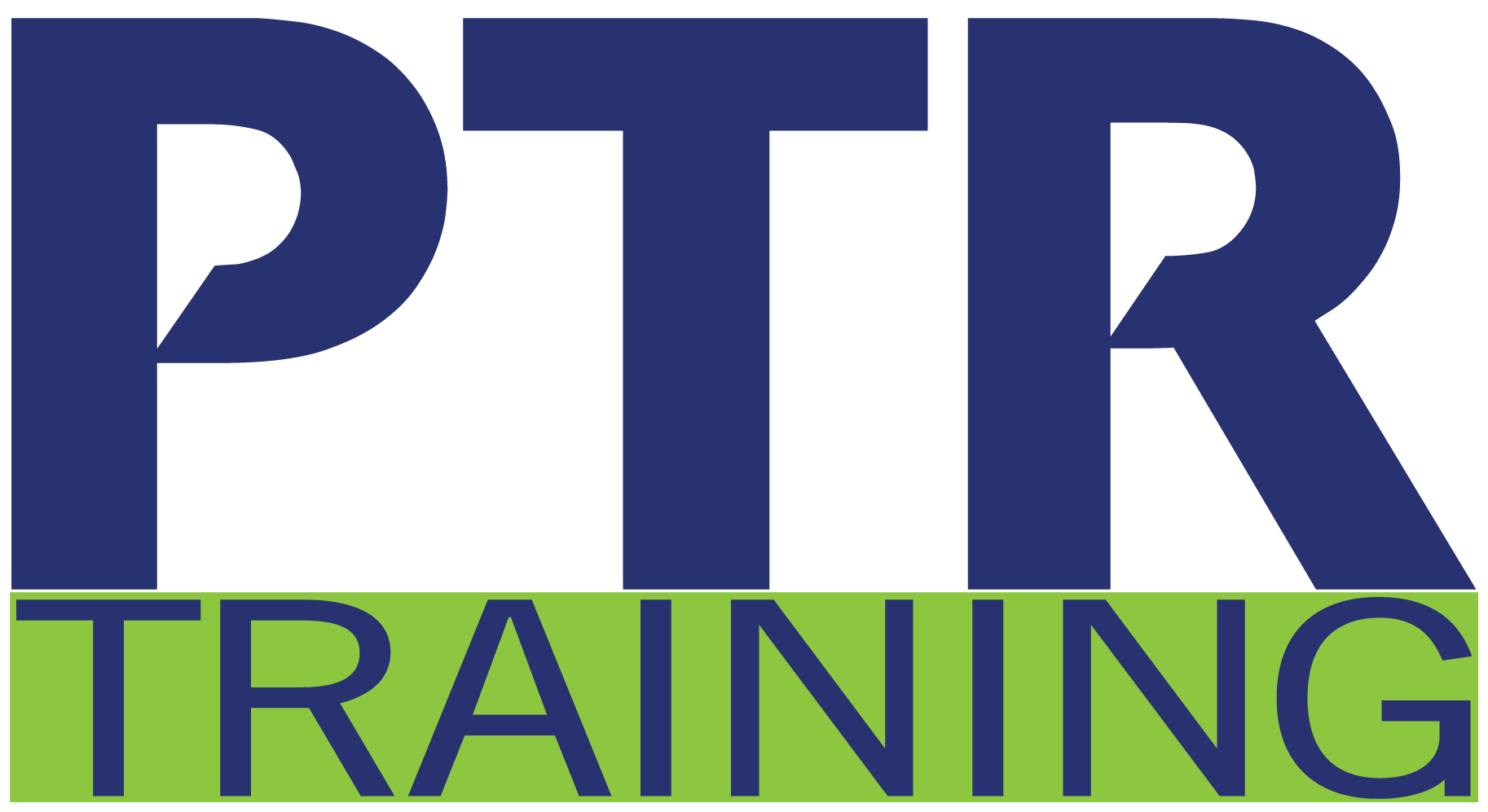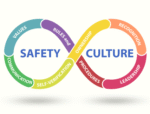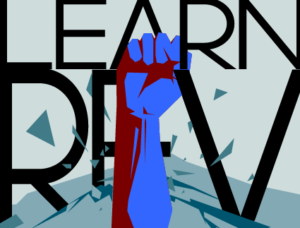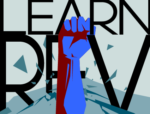The intersection of behavior, generations, and technology in knowledge digestion—finding silver linings in today's fast information consumption.
Content Contributor: Jason Hicks, Chief Operating Officer
Performance Training Resources
Reflecting on the moment when my college-aged daughter casually dropped her wisdom bomb by saying, “Dad, I'm just tapping into my resources,” I couldn't suppress a chuckle. It was as though a wave of nostalgia washed over me, evoking memories of my upbringing in the 80s.
Amidst the captivating era of the 80s, our methods of learning were notably different. We relied heavily on our collection of 24-volume encyclopedias (a somewhat reluctant $3,000 investment, given how swiftly information evolved), made treks to the library in search of crucial tidbits to propel us forward, and encountered the enigmatic advice to “Ask your teacher or parents” whenever we hit a roadblock.
The learning and development (L&D) industry encapsulates many dynamic qualities: It's deep-rooted, ever-evolving, and profoundly ingrained—in my identity and decades-spanning career.
Performance. Training. Resources.
Fast-forward to the present, our landscape of resources has undergone a generational transformation that leaves me ruminating on the evolution of how we educate ourselves through various learning methods. It's a rollercoaster of training that I've come to dub as the “Resource Revolution.”
Our unwavering goal at PTR (Performance Training Resources) remains constant: fostering behavioral change, ongoing pursuit of nurturing personal growth, and promoting positivity and productivity within organizations. While our goals persist, the conduit through which we deliver these concepts, ideas, and topics has been revolutionized.
The Behavioral-Generational Shift
The propensity to categorize different generations by distinctive attributes is a practice often employed. Whether one identifies as a Baby Boomer, Gen X, Y, or Z, certain traits are attributed to each cohort. Yet, this does not imply the principles we teach are inapplicable or that outcomes vary for each generation. Contrary to this notion, the essence of our teachings remains universal. The challenge, however, lies in how we convey information.
There's a common notion that connecting with younger generations is grueling. Disagreeing with this concept—our role is to facilitate behavioral shifts and adapt our training techniques to resonate with our audience. The value of training isn't contingent on generational characteristics, but on the methods through which knowledge is received.
Navigating the Current of Resources
This brings me back to my daughter's oft-quoted phrase, “Just using my resources, Dad.” And indeed, the arsenal of resources available today is staggering with today's technology—obviously, it's the catalyst responsible for this transformation in learning paradigms. While opinions may vary, I contend that technology has expanded our capacity for knowledge absorption. The availability of information at our fingertips has enriched the spectrum of content we can acquire in shorter time spans.
It's pivotal to recognize that as resources shift, each generation adapts to the evolving technological landscape. This adaptation has influenced their learning styles, setting them apart from their predecessors. Technology is the crux that molds our learning experiences.
In the wake of advancing technology and shifting generational learning approaches, it's imperative that we stand as catalysts for behavioral change.
Embrace the Virtual Variance of Learning
The emergence of virtual training, accelerated by the pandemic, assumes a serendipitous role. Virtual platforms have compelled training entities to condense courses, mindful of screen time and the learning preferences of generations. Especially the younger generations. The convergence of rapid information consumption and skill acquisition aligns seamlessly with their upbringing.
Longer courses with immersive exercises have their merit, but we must be astute in our approach to cater to the learning preferences of the generation we serve. Overwhelming them with information may yield counterproductive results.
Navigating this landscape underscores the enduring significance of the human element in training. Why don't we simply distribute videos on platforms like YouTube and TikTok, given their prevalence in the lives of new generations. Psychological research corroborates the necessity of the human touch. Our transition to virtual platforms is intrinsically tied to this understanding. Virtual platforms relentlessly innovate to recreate personal interactions. While virtual reality (VR) technology's full potential remains financially uncharted, it is inevitability undeniable. As it evolves, the future holds even more diverse “resources” for the upcoming generation.
It's Not All Bad
In summary, while there are indeed downsides to the influx of technology and information inundating us daily, along with the diverse range of teaching techniques educators deploy to accommodate varied generations within a single classroom, we should acknowledge that this wealth of information contributes to our heightened knowledge. This, in turn, leads to the retention of a broader array of professional and personal skills, fostering our self-improvement—a result that stands as our most valuable achievement.











